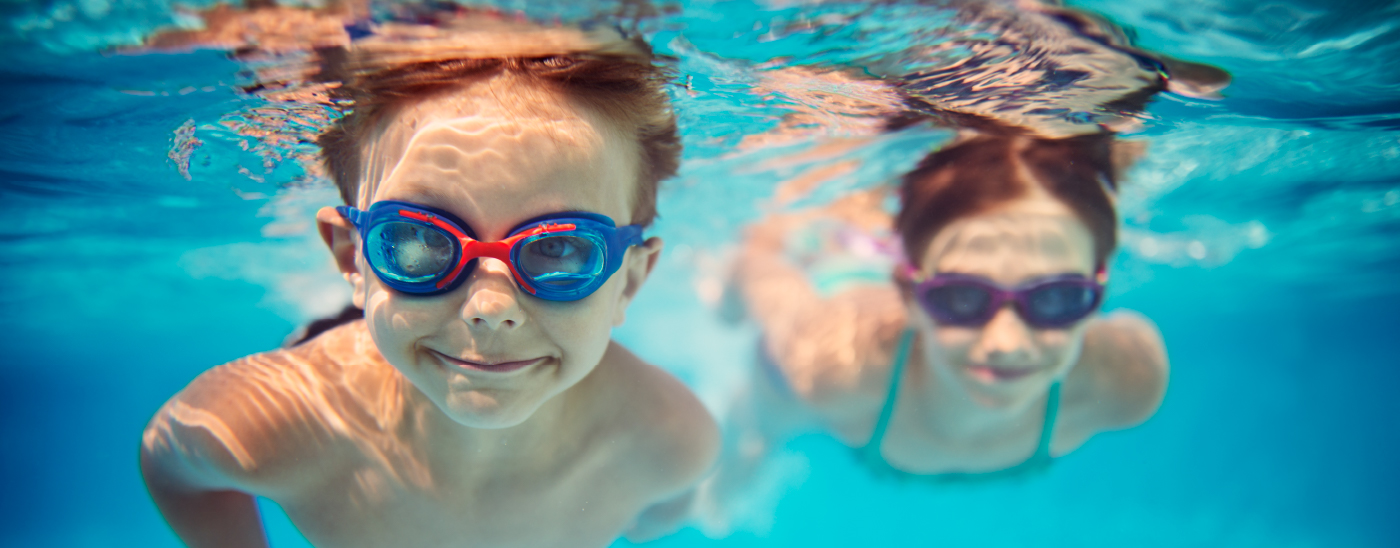Swim Smart, Stay Safe: A Family-Friendly Guide to Water Safety

Water adventures are all about fun, but it’s important to recognize that water-related mishaps can sneak up on anyone, no matter how confident a swimmer they may be. With a bit of water smarts and some essential swimming skills, families can dive into aquatic activities without worry.
Start with Water Safety Basics
- Learn to Swim: Swimming is not just a recreational activity; it’s a life-saving skill. Ensure that every member of your family learns to swim proficiently. This includes essential techniques such as entering and exiting the water safely, floating, and treading water for extended periods.
- Wear a Life Jacket: Regardless of swimming ability, wearing a U.S. Coast Guard-approved life jacket is essential for everyone. Always wear a life jacket when boating, jetskiing, rafting, paddleboarding, or fishing, and ensure young children wear life jackets when playing near water.
- Be Prepared for Emergencies: In a water emergency, knowing how to react can make all the difference. Learn CPR and basic first aid, the signs of drowning, and how to safely assist someone in distress. Keep a cell phone accessible and dial 911 immediately in the case of an emergency.
If someone is struggling in the water, seek help immediately and use floating objects for assistance, but refrain from jumping in alone. Remember the mantra “reach or throw, don’t go.”
Make Water Safety a Priority
Follow Basic Water Safety Guidelines:
- Always swim with a buddy.
- Avoid alcohol or drugs before swimming or supervising swimmers.
- Swim in lifeguarded areas at the beach and supervise children closely.
- Teach children to ask permission before going near water and install fences around pools and spas.
Know the Weather and Water Conditions:
- Always enter water feet first, especially in shallow areas, and avoid diving into unknown depths.
- Beware of cold water, even on warm days, and stay close to shore if you feel cold or fatigued.
- Follow posted safety signs and flags and monitor changing weather conditions.
- Stay alert to changing currents and swim parallel to the shore if caught in one.
By following these water safety tips, families can enjoy their time by the water with peace of mind, knowing that everyone is prepared and protected. Remember, water safety is a shared responsibility that starts with awareness and ends with proactive measures.
Sources: redcross.org, cdc.gov, seattlechildrens.org
